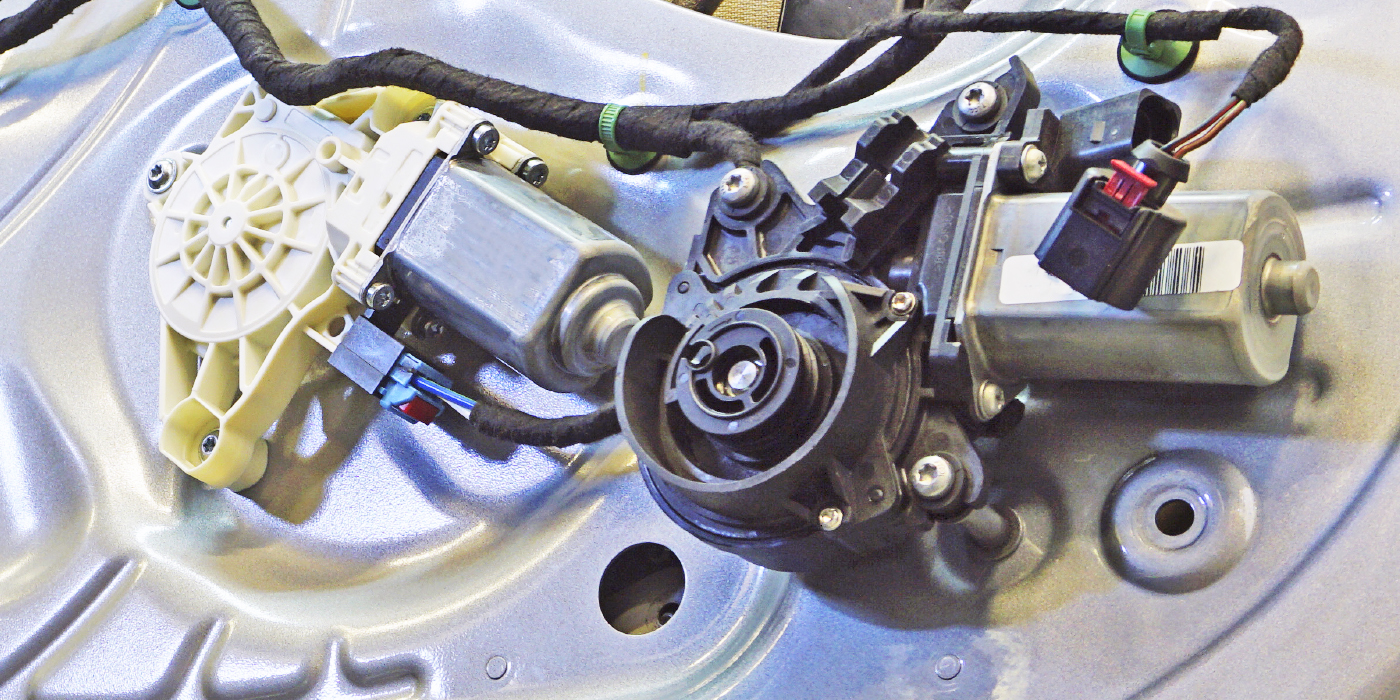As the saying goes, “Old habits die hard.” Among the old habits that die hard is the way we test alternators. In the past, the job of the alternator or generator was simply to recharge the battery after start-up and carry minor accessory loads such as ignition, lighting, radio, heating or air conditioning clutch, and blower motor. At 14 charging volts, the total current draw for these accessories and the battery recharge was usually about 40 amperes or 560 watts of current.
But, let’s fast-forward to 2006, when the charging capacity of most import alternators may exceed 100 amperes or 1,400 watts. Watts simply equals voltage multiplied by amperage. If the maximum output of an alternator equals 100 amperes of current at 12.0 volts across the battery terminals, its capacity would equal 1,200 watts of electricity. Watts represent a more accurate number because the actual charging voltage of an alternator will vary according to temperature and load.
Because a modern import’s potential total accessory load can be as much as 1,145 watts, only 255 watts remain for recharging the battery. While the above numbers might represent an extreme, they do illustrate the difficulty that the modern import alternator may have in keeping a vehicle’s battery fully charged.
Electrical demand varies according to vehicle application and use, so engineers build an alternator that will meet the average accessory demand of any particular vehicle and still have enough reserve capacity to keep the battery charged. If electrical demand is increased by adding accessories such as high-amperage sound systems or trailer lights and brakes, then the potential ability of the alternator to recharge the vehicle’s battery is practically reduced to zero. Also, if the vehicle is driven on short trips under high accessory loads, the duration of the charging cycle simply won’t be long enough to fully recharge the battery.
ALTERNATOR SPEEDS
An alternator is designed to turn at approximately two to three times crankshaft speed. Total alternator output is generally rated at 6,000 alternator rpm. Consequently, a 2:1 alternator drive ratio may usually be found on high-performance engines or constant-speed, over-the-road truck engines where the average engine speed is about 3,000 rpm. For most passenger cars, a 3:1 ratio between alternator and crankshaft speed translates into maximum alternator output at 2,000 engine rpm, which is the engine speed at which most alternators are tested.
Because automatic overdrive transmissions drastically reduce engine speeds, many modern engines operate well under 2,000 rpm until they reach highway speeds of about 60 to 70 mph. Consequently, if the alternator doesn’t maintain rated charging voltage at lower engine speeds, the battery will discharge under heavy accessory loads. In most cases of undercharging, the alternator may have an incorrect diameter pulley installed, the drive belt may be slipping or the alternator itself might be under-capacity for the vehicle application.
BATTERY VOLTAGES
Because a battery becomes less chemically active at lower temperatures, higher charging voltages are required to stimulate chemical activity in the battery plates. Consequently, the alternator’s voltage regulator is designed to increase voltage at lower ambient air temperatures, while the battery becomes very chemically active at higher temperatures. The voltage regulator reduces the charging voltage to avoid causing eventual battery failure by boiling the water out of the battery’s electrolyte and exposing its plates to air.
Depending upon ambient temperature, charging voltage generally varies between 14.8 and 13.5 volts. The actual charging voltage designed into a voltage regulator is dependent upon factors such as how far the alternator is located from the battery and what the ambient air temperature surrounding the battery may be. Under normal operating conditions, an alternator should maintain about 14.2 volts at 70













